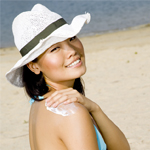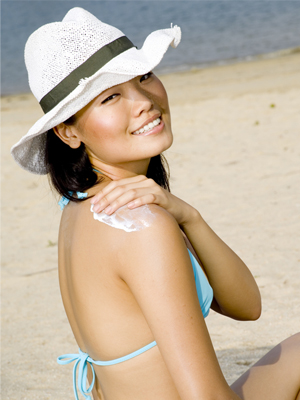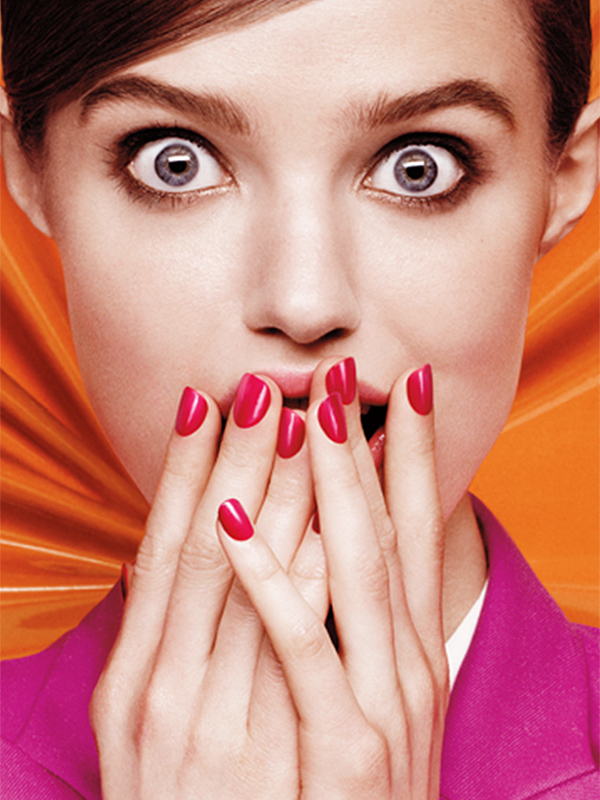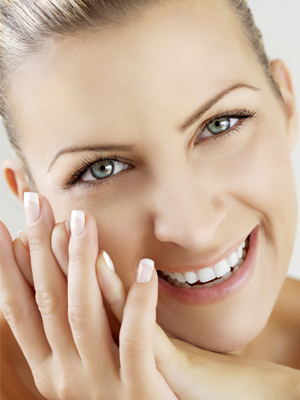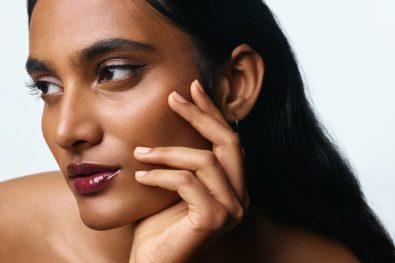By now we all know that SPF (and lots of it) is an absolute must, year-round. In the sunny summer months you need to be even more careful about shielding your skin, especially if you spend lots of time in the great outdoors. Wondering which sunscreen is for you? Just look to our label-translation guide.
All Natural or Chemical?
There has been a lot of chat lately about the safety of chemical filters used in sunscreens, namely retinyl palmitate. While Health Canada has never flagged any particular ingredient, if you want to steer clear of chemicals entirely, opt for a titanium dioxide or zinc oxide formula, like Burt’s Bees Chemical Free Sunscreen (the texture definitely feels like a sunscreen, but at least you can be confident that it’s 100% safe).
SPF (Sun Protection Factor)
If you dab on some SPF 15, it means that your skin will get 15 times the protection of not wearing any sunscreen at all (so if you would normally take 10 minutes to get a sunburn, you’d now take 150 minutes to get the same bright red look). Unfortunately, sunscreen power breaks down in the sun, so even the highest SPFs need to be reapplied every two hours. And you only get this protection if you apply a generous amount “ about one shot-glass worth for the entire body. If you’ve got sensitive skin, you may find that a lower SPF is less irritating, but you’ll have to be even more diligent about reapplying.
UVA & UVB
Many people don’t realize that SPF only applies to UVB rays, which cause visible sunburn and redness. However, UVA rays are equally as important to watch out for, as they’re also responsible for causing skin cancer and are largely to blame for signs of aging like wrinkles and sunspots. They’re also the type of radiation that lurks on even the cloudiest days. Always look for a sunscreen that says broad-spectrum or “UVA and UVB protection.” Sunscreens that protect from UVA should list ingredients such as avobensone, zinc oxide, or titanium dioxide.
Kids/Babies
Aside from the colourful packaging, there’s not usually much actual difference between kids’ and adults’ sunscreen formulas. However, products labeled “for kids” are often designed for more sensitive skin. They’re more likely to be hypoallergenic, PABA-free, and fragrance-free, so if you’ve got sensitive skin, that lime-green bottle with a dinosaur on it might be a good place to start.
Water Resistant/Waterproof
Bathing beauties will need to look for a sunscreen that has a little staying power. Water resistant formulas are meant to last about 40 minutes underwater, while waterproof formulas are designed to endure 80 minutes underwater. It’s great to get a little extra protection, but most experts advise reapplying after every dip, regardless of the type of sunscreen you’re using. And remember that if you’re drying off with a towel, you’ll be wiping off even more of that precious protection.
Sport
These sunscreens are meant to stay in place even when you’re sweating, which is especially important on the face (ever get sunscreen in your eyes? It’s not a good feeling). If you don’t have any on hand, a bottle of water resistant or waterproof stuff will also do the trick.
